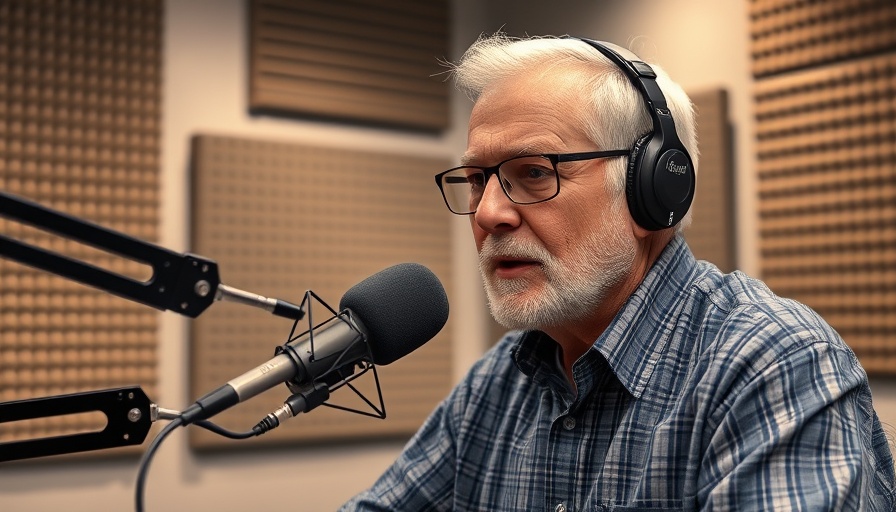
What We Know About the Lab Leak Theory
The lab leak theory regarding the origins of COVID-19 has recently gained traction, culminating in a declaration from the White House. The statement raised several questions and stirred controversy, particularly about its scientific validity. President Trump's administration had previously hinted at these claims, creating an official website that seems to veer more into political territory than grounded scientific inquiry.
Scrutinizing the Evidence
The core evidence presented on the White House's new site is drawn from a lengthy report by the U.S. House Select Subcommittee on Oversight and Government Reform. While the report is considerable at 520 pages, key parts of it have been criticized for lacking substantial scientific backing. The claims regarding the virus's origins revolve around five points, which have undergone scrutiny by various government agencies and scientists.
1. **Unnatural Virus Characteristics:** Claims assert that SARS-CoV-2 features genetic traits that don't appear in naturally occurring viruses. 2. **Single Introduction:** The idea that all COVID-19 cases originated from one human incident, unlike other diseases that have multiple sources, raises eyebrows. 3. **Lab History:** The proximity of the Wuhan Institute of Virology to the initial outbreak and its past work in gain-of-function research is seen as incriminating. 4. **Illness Among Researchers:** Reports of sick researchers before the pandemic gives further narrative fuel. 5. **Lack of Natural Origin Evidence:** It is claimed that if the virus had a natural origin, concrete evidence would have already been found.
The Counterpoints
On the flip side, the COVID-19 Origin Act of 2023 mandated the declassification of intelligence on the virus’s beginnings. The Office of the National Director of National Intelligence, tasked with examining the data, asserts that natural exposure to an infected animal is the most likely pathway for the virus to jump to humans. Furthermore, while they acknowledged that lab-escape is a possibility, most agencies consider lab-engineered claims to be speculative at best.
Debunking Common Misconceptions
The narrative around the lab leak theory often oversimplifies complex realities. For instance, the fact that some researchers at the Wuhan Institute of Virology were ill in the fall of 2019 does not conclusively link them to the coronavirus. Many common viruses and illnesses, including those that present similar symptoms, circulate widely within the community during the fall season. It's crucial to sift through sensational headlines to understand these nuances.
The Importance of True Discourse
With so much misinformation in today's digital landscape, it's increasingly vital for professionals and the public alike to differentiate fact from fiction. The conversation surrounding COVID-19's origins can easily veer into conspiracy theories, overshadowing legitimate research and discussions that can pave the way for future preventative health measures. Additionally, having access to accurate health information, especially for those in the suburbs trying to foster a healthy lifestyle, is paramount to ensuring wellbeing.
Conclusion: Engage and Learn More
Being informed about health-related controversies is key to making well-rounded decisions about personal and community health. Understanding the complexities of the COVID-19 origins debate can help individuals advocate for clarity and evidence-based practices in healthcare. Everyone deserves access to the facts, and staying informed is the first step. Dive deeper into the evidence, engage with trusted sources, and discuss what you learn with peers. Your understanding can foster a healthier community and a more informed society.
 Add Row
Add Row  Add
Add 




 Add Row
Add Row  Add
Add 

Write A Comment